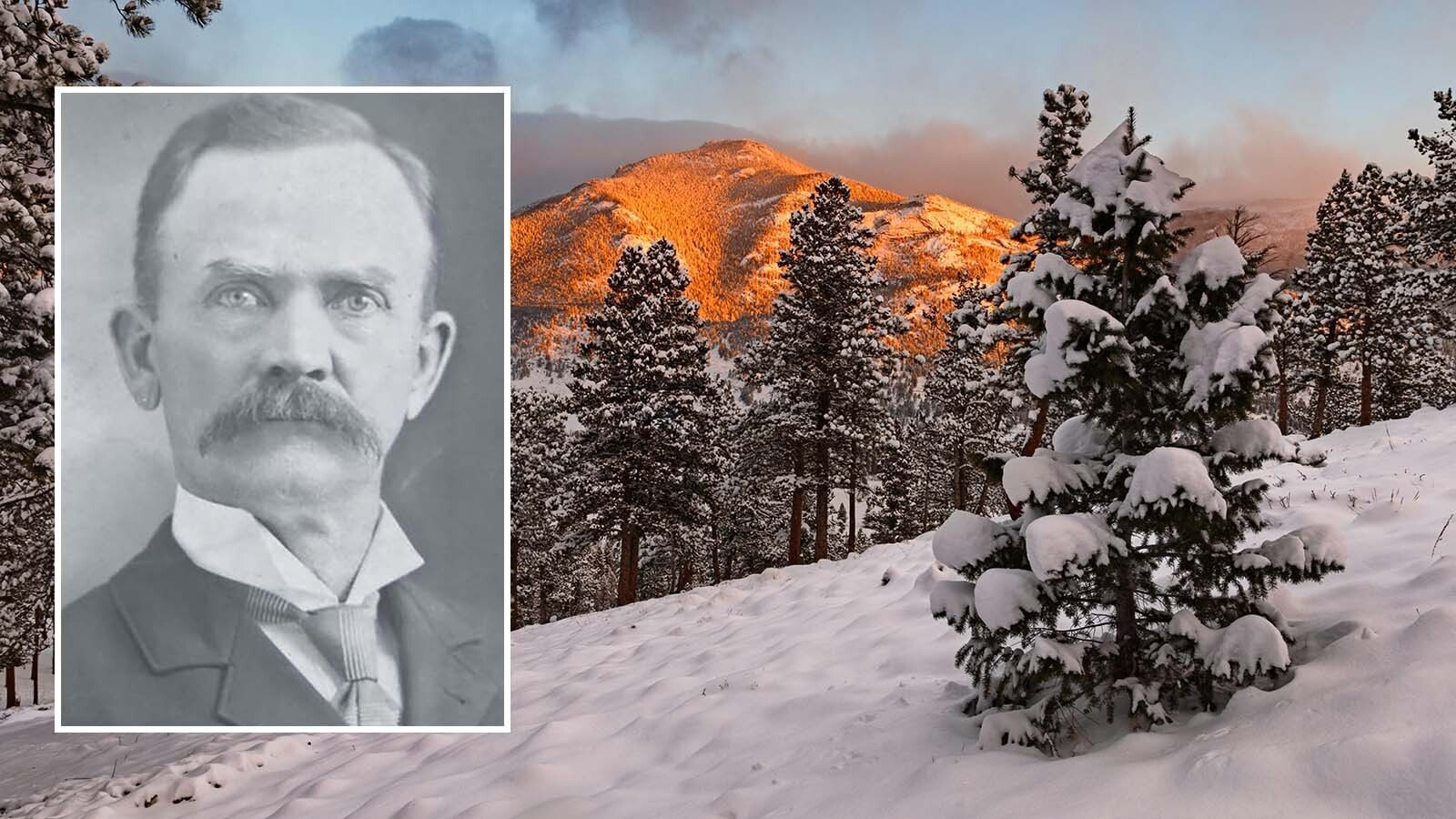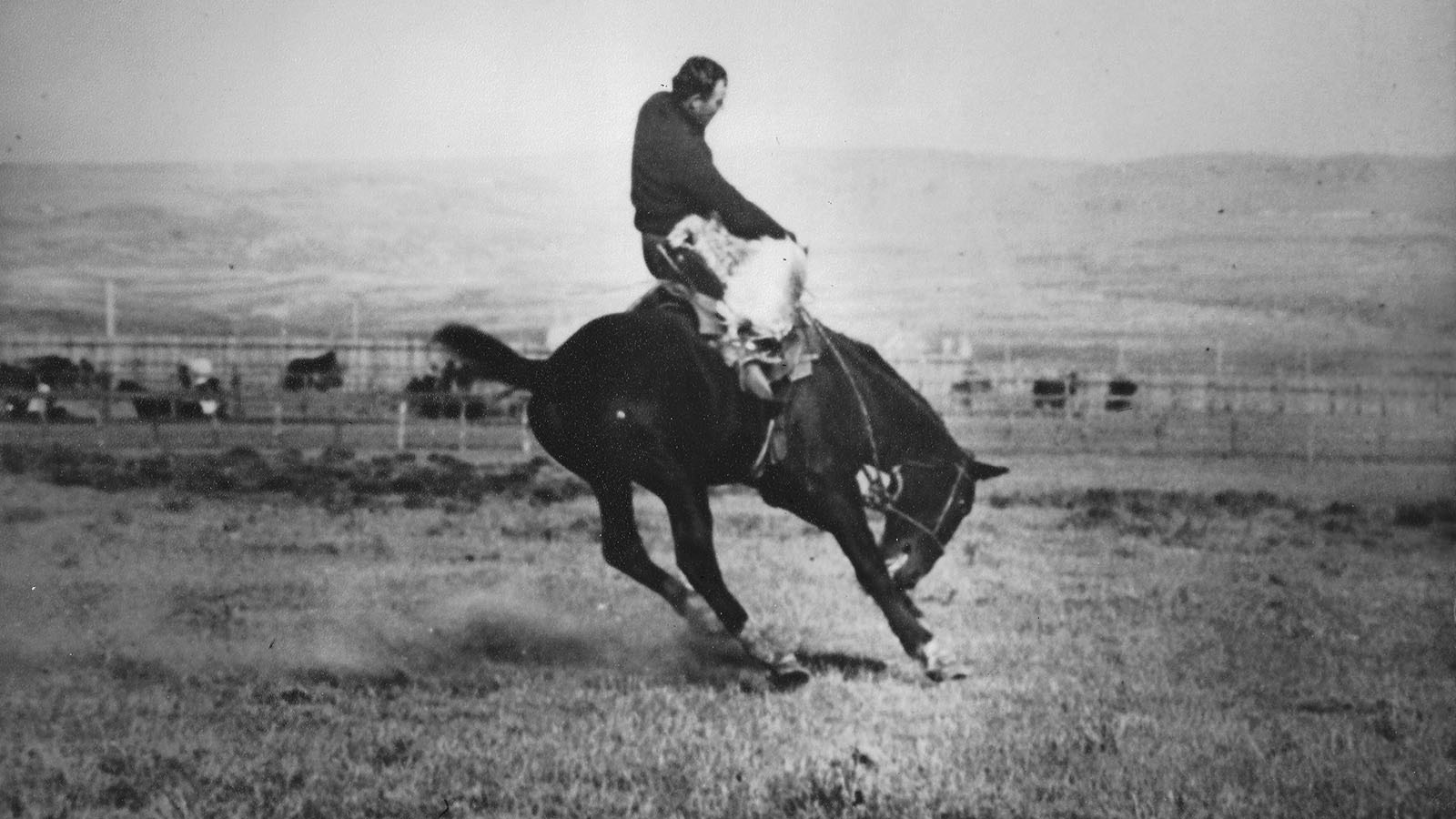Back in 1847, when Brigham Young and his thousands of illegal aliens circled the wagons in the Salt Lake Valley and claimed ownership of land that belonged to Mexico, he had in mind to build an empire.
The borders he drew for “The Free and Independent State of Deseret” sprawled across the West to encompass all of what is now Utah, all of what is now Nevada, a piece of Oregon and a bit of Idaho, a lot of southern California to reach the sea at San Diego, about two-thirds of Arizona, a quarter of New Mexico, and the western half of Colorado.
And a lot of what is today southwestern Wyoming.
Any chance of the Mormon empire coming to fruition was dashed with the end of the Mexican War and the Treaty of Guadalupe Hidalgo in 1848 that gave the United States all of what Brigham Young had claimed and more. The United States ignored Young’s lines on the map and drew their own, creating Utah Territory in 1852.
The new territory included all of Utah, all of Nevada except the tip end of the southern wedge, all of Colorado west of the crest of the Rocky Mountains, and a healthy slice of what is now southwestern Wyoming.
So, if those borders had remained, a lot of people who live in Wyoming would be living in Utah.
If you live pretty much anywhere west of Rawlins and Encampment to the present border with Utah; or south of Eden, Fontanelle, and Cokeville to the Colorado Border, your address would end with Utah rather than Wyoming. That would include all the towns strung like beads on a necklace along Interstate 80, including Rock Springs, Green River, and Evanston. Lyman, Urie, Fort Bridger, Baggs, Dixon, and Savery to the south, and Kemmerer and Opal to the north would be in Utah.
But the borders drawn by the federal government for Utah Territory in 1852 did not hold. In 1861, a big slice of what is now Nevada, including the rich mines of the Comstock Lode, went to create a new state. Going that same year was a big chunk of what was eastern Utah but is now western Colorado. In 1862 and 1866, Nevada got two more slices of western Utah to create what would finally become the border between the two states.
And, finally, in 1868 with the creation of Wyoming Territory, Utah lost what had been its northeastern slab when it became the southwestern corner of what would become the Cowboy State.
There were various reasons behind the slicing up of Utah, most related to continuing quibbling and power struggles between the Mormons and the federal government over polygamy and loyalty to the Union. Those arguments would not be put to rest until the early years of the twentieth century.
As for Wyoming, it was given its slice of Utah thanks, in part, to Thomas Jefferson.
Way back in 1787, when the United States acquired the Northwest Territory (north of the Ohio River and west to the Mississippi River), Jefferson was asked for advice on how to divide it up. He recommended it be organized into states of nearly equal size, each covering two degrees of latitude and four degrees of longitude—about 276 miles wide and 138 miles high.
His advice wasn’t taken at the time, but when it came time to divvy up land acquired from the Louisiana Purchase and the Treaty of Guadalupe Hidalgo, Jefferson’s scheme of straight borders and states of near-equal size got some attention. Hence, the similarity of size of the Dakotas, Kansas, Nebraska, Oregon, Washington, Colorado, and Wyoming. Even sprawling Montana is no taller than Wyoming.
When Wyoming Territory was created in 1868 from pieces of Dakota and Idaho Territories, as well as Utah, the borders were drawn with straight lines and right angles to make a rectangle (actually a trapezoid, given the curvature of the earth), along 104 and 111 degrees west longitude, and 41 and 45 degrees north latitude.
Other than a few minor adjustments to correct surveying errors, they have remained.
Of all the territories created by the federal government that later became states, Wyoming is one of the few whose borders, once established, never changed. You can’t say the same about neighboring Utah, where, given a different history, many folks now living in Wyoming would be calling home.
R. B. Miller can be reached at writerRodMiller@gmail.com





